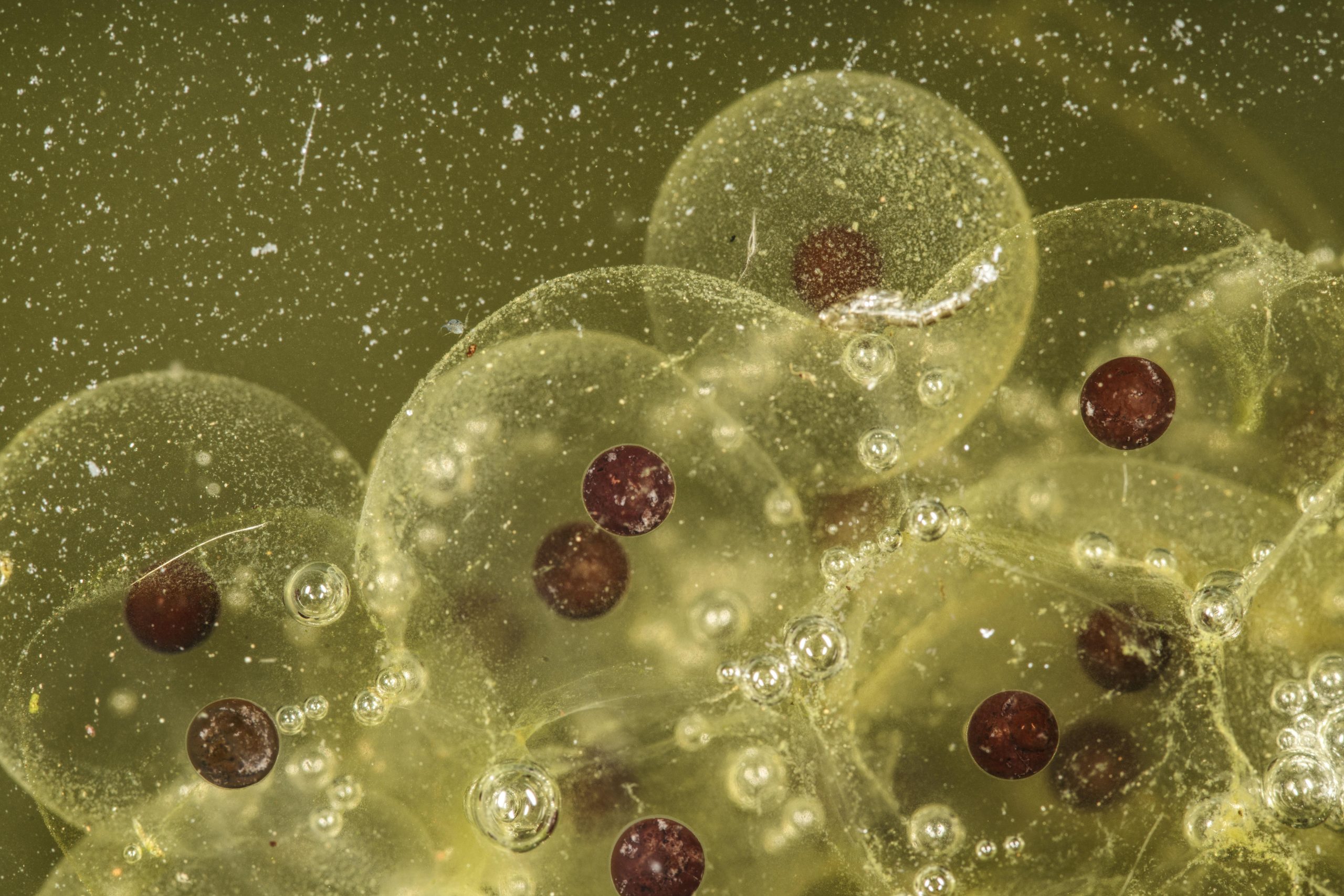Summary
OECD 236 is designed to determine the acute toxicity of chemicals on embryonic stages of fish. This test exposes newly fertilized fish eggs to a test substance for a period of 96 hours. Depending on the purpose of the test, a single concentration can be used (limit test) or several concentrations can be used (response curve). Observations are taken throughout the test to determine the acute toxicity of the test substance.
OECD 236 Testing Method
The FET Test has been successfully applied to a wide range of substances. This test uses zebrafish (Danio rerio) as the test specimen, exposing their newly fertilized eggs to either a single concentration, or several concentrations, of a test substance over the course of 96 hours depending on the purpose of the test. Throughout the test, four different apical observations are made every 24 hours: coagulation of fertilized eggs, lack of somite formation, lack of detachment of the tail-bud from the yolk sac, and lack of heartbeat. At the end of the exposure period, acute toxicity of the test substance is determined.
Here are some additional details about the OECD 236 test method:
- Useful information on test substance:
- Structural formula
- Molecular weight
- Purity
- Stability in water
- Stability in light
- Partition coefficient
- Solubility
- Vapor pressure
- Ready biodegradability test results
- Temperature: 26C +/- 1C
- Duration: 96 hours
- Test Chamber: 24-well plates (2.5ml-5ml filling capacity per well)
- Observations: four apical observations are taken every 24 hours throughout the test to determine the lethality of the sample concentration
- Coagulation of the embryo
- Lack of somite formation
- Non-detachment of the tail
- Lack of heartbeat
- Test Validity:
- Overall fertilization rate in batch: >70%
- Water temperature: remains at 26C +/- 1C
- Survival of embryos in negative control: >90%
- Hatching rate in negative control: >80%
- Dissolved oxygen concentration in the negative control and highest test concentration should be >80% of saturation at the end of the exposure period
- Other considerations:
- If testing a mixture, its composition should be characterized (if possible) and it should be considered whether this test provides acceptable results for regulatory purposes
What Aropha’s OECD 236 Test Can Do For You
Our goal at Aropha is to help our customers get their products to market as quickly as possible with cost-effective, rapid testing while still providing you with best-in-class ecotoxicity testing. We partner with you to make sure your project is a success from the start. Not only will you have the ability to access our digital twin simulation platform, but with our wide range of biodegradability testing offerings, you’ll be able to make sure your products meet the persistence and ecotoxicity criteria you require.
The OECD 236 ecotoxicity test is a great way to determine if your products contain toxic chemicals to aquatic organisms, however, we offer so much more. Not only can you take advantage of our countless other biodegradability tests, but you can also use our biodegradability certification services to make sure you can properly substantiate your marketing claims.
Contact our team today to get started on testing your products’ ecotoxicity.
Pricing
Contact us for High-Throughput Screening PricingContact us for Biodegradability Certification Pricing

